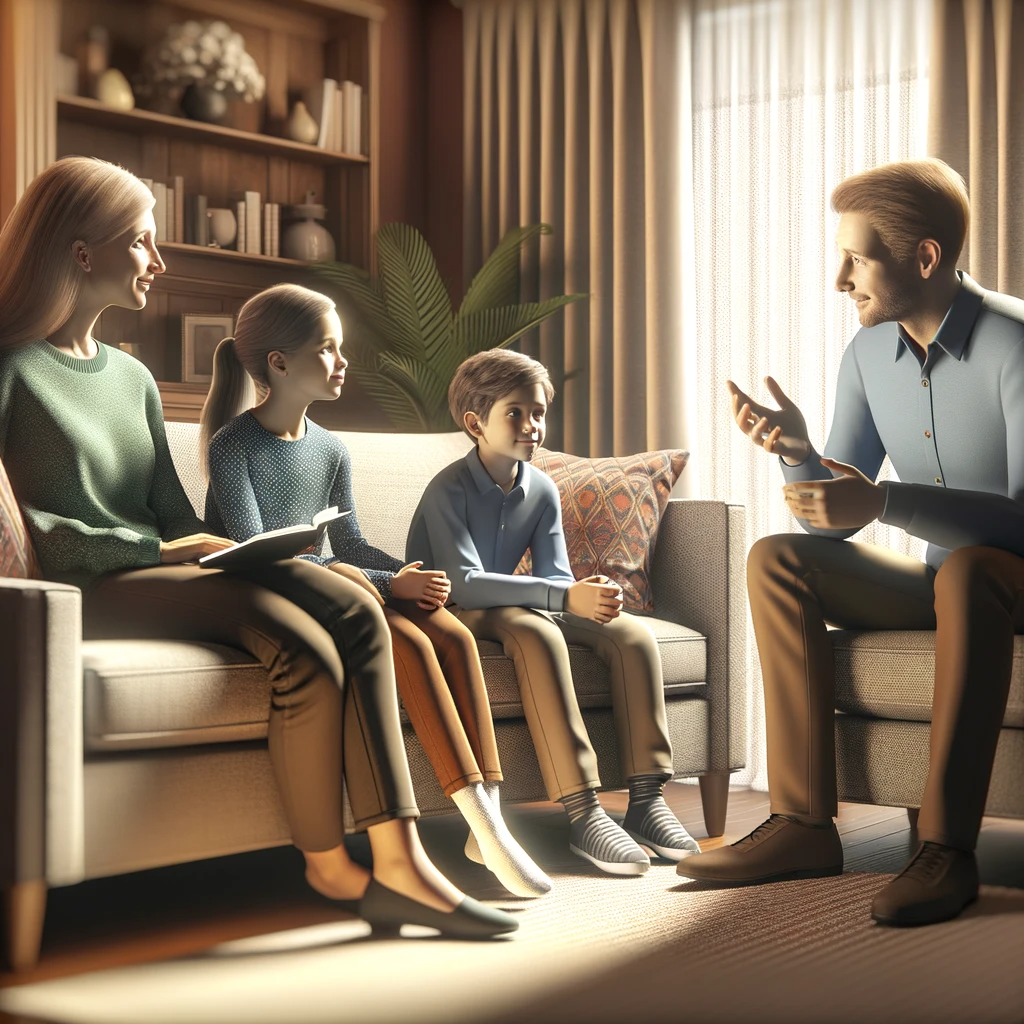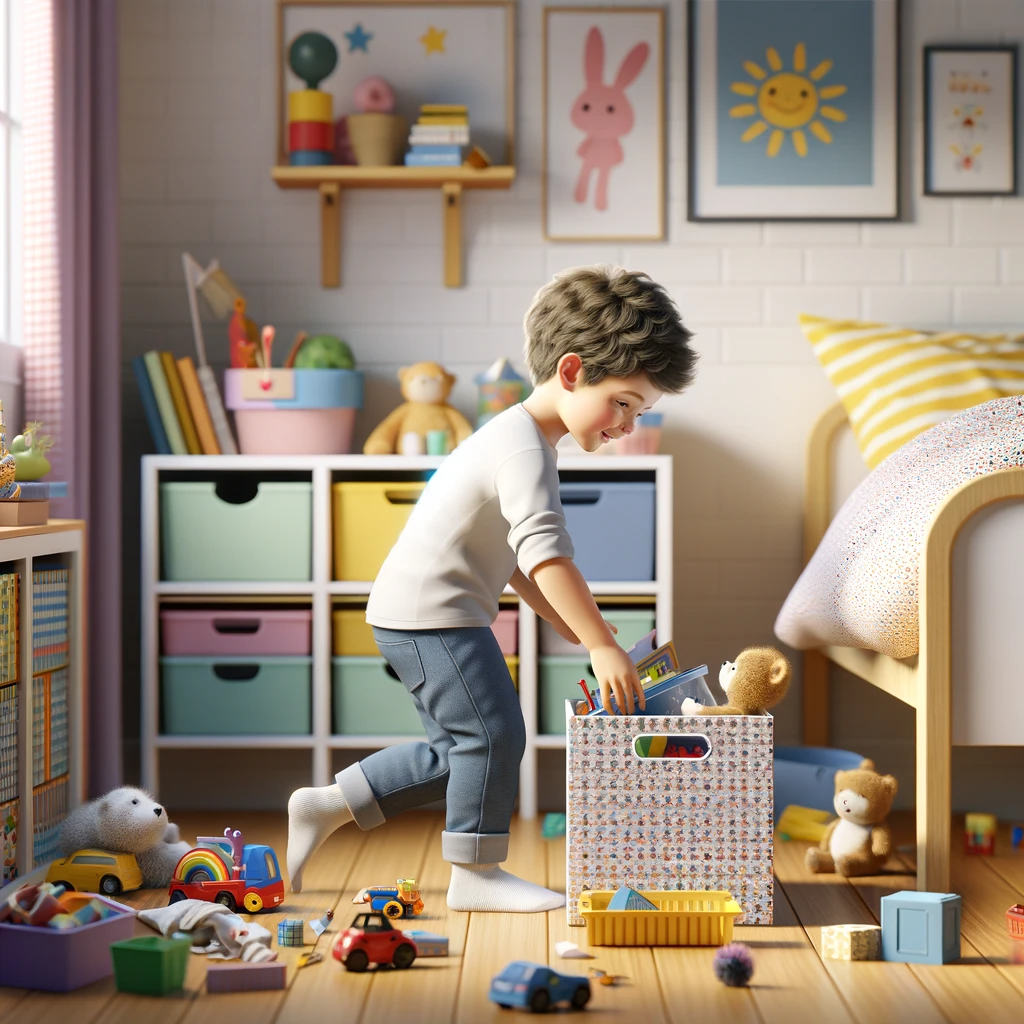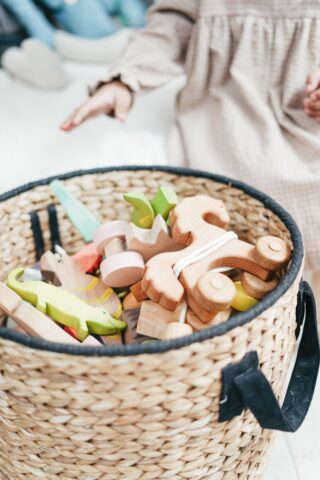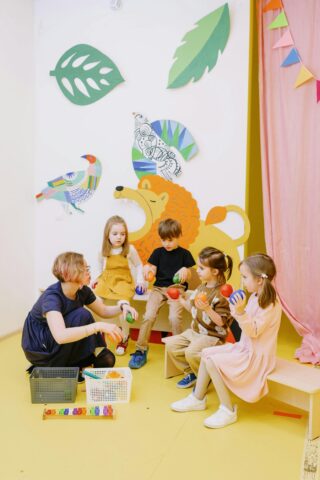Organizing a child’s room can be a daunting task for many parents. From scattered toys to untidy closets, maintaining order in a child’s space can feel like a never-ending challenge. However, involving your child in the process of organizing their room is a powerful way to instill a sense of responsibility and ownership. In this article, we will explore various strategies and tips to make this organizational journey an engaging and educational experience for both you and your child.
Understanding the Importance of Involvement
Before delving into the practical aspects of organizing your child’s room, it’s crucial to understand the significance of involving them in the process. When children actively participate in organizing their space, they develop essential life skills such as decision-making, problem-solving, and time management. Additionally, taking ownership of their room fosters a sense of independence and responsibility that will benefit them in various aspects of their lives.
Creating a Positive Mindset
To begin the journey of organizing your child’s room, it’s essential to establish a positive mindset. Approach the task with enthusiasm and view it as an opportunity for quality time with your child. Emphasize the benefits of a well-organized space, including easier access to toys and a conducive environment for studying and playing.
Setting Realistic Expectations
Before involving your child in the organization process, it’s crucial to set realistic expectations. Understand that the room may not transform overnight, and it’s okay to progress gradually. Break down the task into manageable steps to avoid overwhelming your child, making the process more enjoyable and achievable.
Communicating Effectively
Effective communication is key when involving your child in organizing their room. Discuss the importance of a tidy space and how it contributes to a more comfortable and enjoyable living environment. Encourage open dialogue and listen to your child’s ideas and concerns, fostering a sense of collaboration and shared responsibility.

Getting Started: Decluttering
The first step in organizing any space is decluttering. Work together with your child to identify items that are no longer needed or outgrown. Create separate piles for items to keep, donate, or discard. This process not only declutters the room but also teaches your child about making conscious choices and giving back to those in need.
Sorting and Categorizing
Once the decluttering phase is complete, move on to sorting and categorizing the remaining items. This step involves grouping similar items together, such as toys, books, and clothes. Engage your child in the decision-making process, allowing them to decide how they want to organize their belongings. This promotes a sense of autonomy and personalization.
Choosing Storage Solutions
Selecting suitable storage solutions is a crucial aspect of organizing a child’s room. Explore various options such as bins, shelves, and baskets to create a system that is both functional and visually appealing. Allow your child to be part of the decision-making process when choosing storage solutions, considering their preferences and needs.
Labeling and Accessibility
To maintain an organized space, labeling is key. Clearly label storage containers, drawers, and shelves to help your child identify where each item belongs. Emphasize the importance of accessibility, ensuring that commonly used items are easily reachable for your child. This promotes a sense of independence and encourages them to maintain the order in their room.
Establishing Daily Routines
Involving your child in the process of organizing their room goes beyond the initial cleanup. Establishing daily routines for tidying up ensures that the organized space is maintained over time. Create a simple and realistic routine that aligns with your child’s schedule, making it a habit rather than a chore.
Celebrating Achievements
As you progress through the organization process, take time to celebrate achievements, no matter how small. Acknowledge your child’s efforts and highlight the positive changes in their room. This positive reinforcement encourages a sense of pride and accomplishment, reinforcing the idea that their contributions make a difference.
Teaching Long-Term Organizational Skills
Beyond the immediate task of organizing their room, use this opportunity to teach your child long-term organizational skills. Discuss the importance of regularly reassessing and decluttering their belongings. Encourage them to take responsibility for their space and develop a sense of pride in maintaining a tidy and organized room.
Involving your child in the process of organizing their room is a transformative experience that goes beyond creating a neat and tidy space. It nurtures essential life skills, fosters independence, and strengthens the parent-child bond. By approaching the task with a positive mindset, effective communication, and a focus on long-term organizational skills, you empower your child to take ownership of their space and lay the foundation for a more organized and harmonious living environment.



